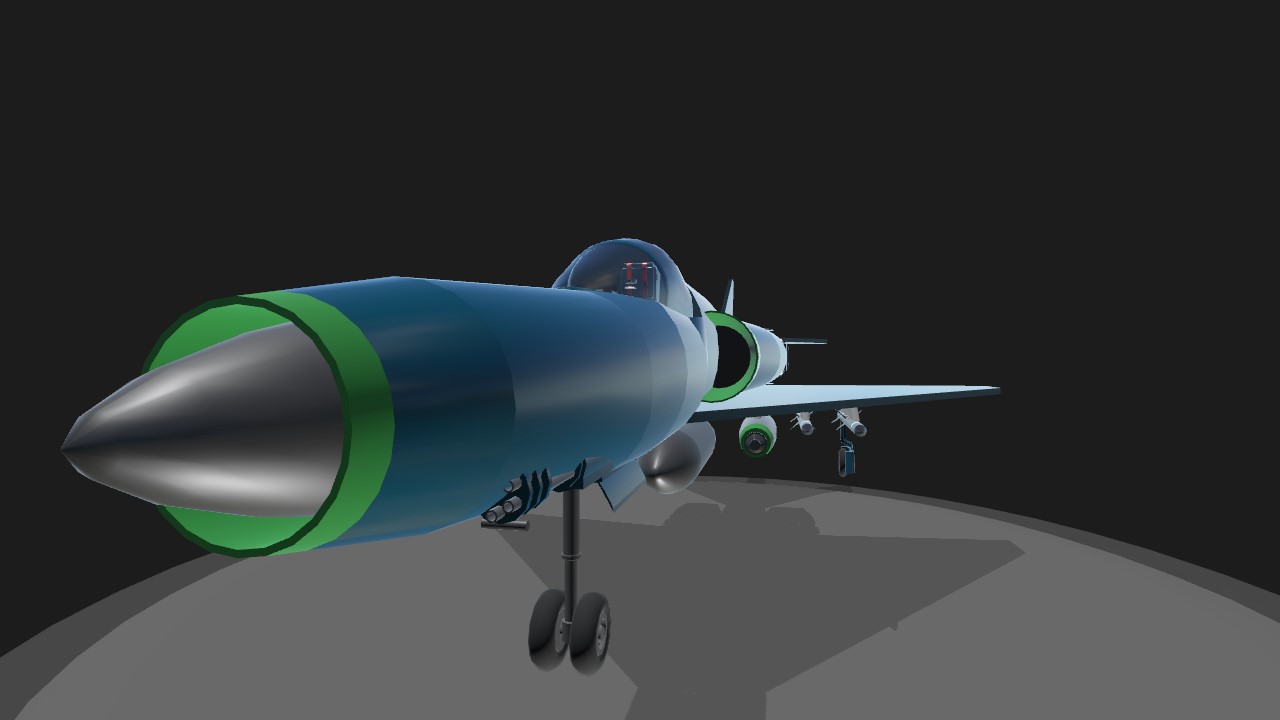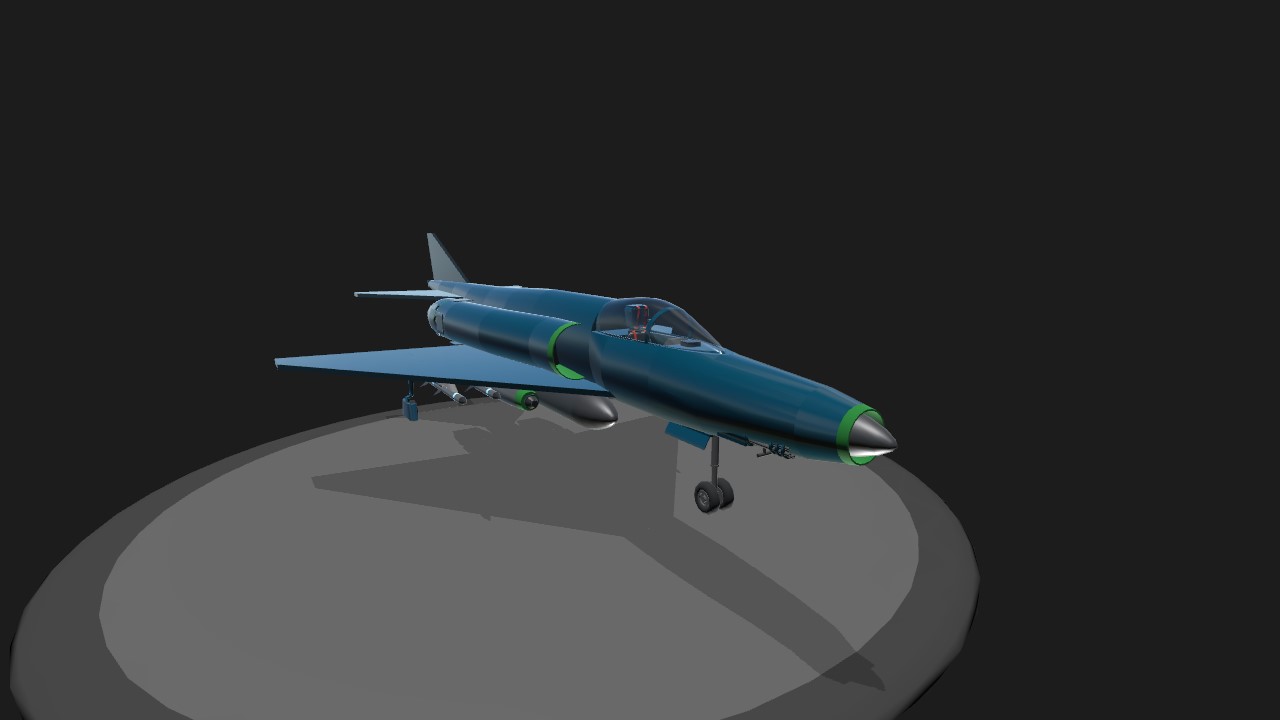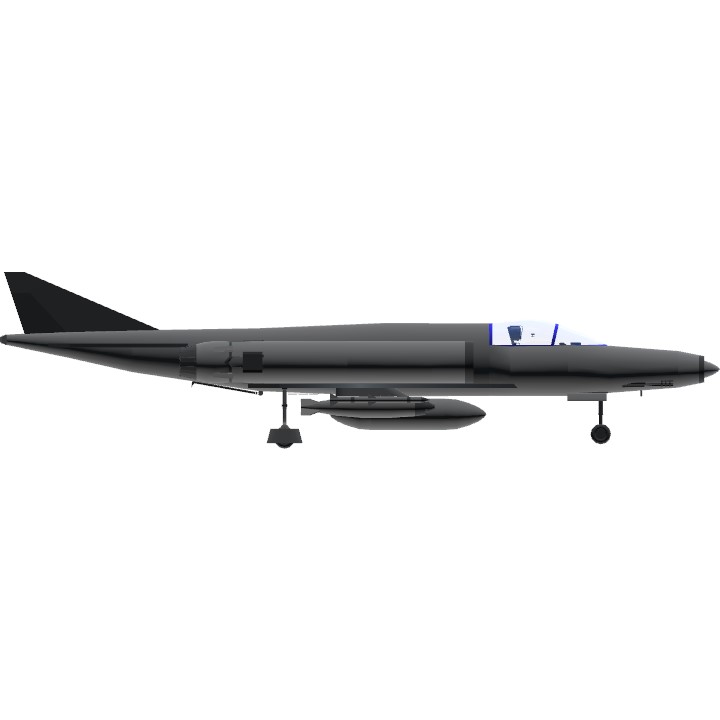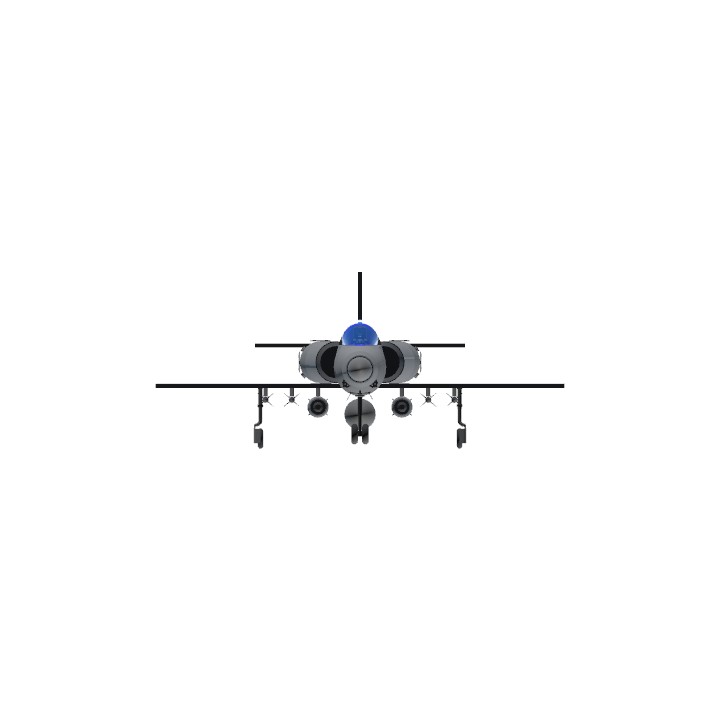The arms race of the Cold War meant that technology, moreso than in WWII, was evolving at an alarming pace. As the 50s gave way to the 60s it became clear to many that new-fangled radar-guided missiles were to become the future, and the United States was leading the charge with the development of the F-4 Phantom and various other gunless jets, believing that guns were obsolete in the face of computer-aided long-range weaponry. Across the Pacific, the Soviet Union rolled out the new MiG-21s, armed with heavy automatic cannons and eventually their own guided missiles, becoming devastating dogfighters. To the war planners of Cascadia, it had become clear that the little Common Murr that had once been the cutting edge of technology was no longer viable. On top of this, Cascadia’s aeronautics industry was going through major changes as it continued to shift away from propellers, with Boeing putting all its stock into producing passenger planes. Cascade Aeronautics would ultimately step back up to the plate to produce a new multirole fighter/bomber jet for the Air Force and Navy. Not shying away from other designs, Cascade Aero would use an F-4 Phantom leased for military testing, and a captured MiG-21 to produce what can best be described as a hybrid of both. Trials allowed for further ironing out of the design, and by 1961, the ACF-61 ‘Oriole’ was rolling into the hangars of Cascadia’s airbases and carriers.
As Cascadia ultimately stayed out of the Vietnam Civil War, the Oriole would take time before it finally saw combat, during which Cascadia received innumerable reports of Phantom casualties, many of which were the result of the planes lacking a gun for close-range defense and the removal of dogfighting from the American piloting regimen. This ultimately led to a mass recall of the Oriole on the Cascadian air force’s orders, ultimately outfitting the planes with dual vulcan cannons under the nose intake. This led to the plane eventually receiving a ‘B’ in its designation to indicate the modification compared to the original design, as the plane was originally built without guns.
The plane would finally see service in the early 1970s during the Chinese invasion of the Pacific, namely during the Battle of Taiwan. Here the Oriole was ultimately able to prove itself as a worthwhile design, racking well over 300 kills across the entire theater, with many Orioles being provided to other local forces such as the Japanese Defense Force and ROC Air Force. One particular air battle came to be known as the ‘The Big Flying Slugout’ in which roughly fifty Orioles along with ten Japanese Phantoms wound up battling 80 Chinese planes over the open sea, ending with 57 of the Chinese birds shot down, whereas 9 Orioles and 3 Phantoms were lost.
Into the 1980s, the Oriole’s age was finally beginning to catch up as the F-5, F-14 and other new ‘Top Gun’ fighter/bombers began to dominate the skies with higher speeds, increased maneuverability, and optimized and refined weapons. Ultimately the Oriole began to see itself washed out by a liscened iteration of the F-5, the ACF-73 ‘Cooperhawk,’ the former being offered to various countries but ultimately turning up only three buyers; Argentina, Japan, and, funnily enough, Vietnam. Most of the planes ended up as museum pieces or were simply sold for scrap, with thirty-four units still surviving today either on display in museums, in the front yards of Veterans’ Halls, or as part of an aerial acrobatics team, the ‘Pacific Javelins.’ The plane’s ‘hybrid’ design of a MiG and a Phantom has also lent it to many nicknames, including ‘Lovechild,’ ‘MikDonnelvich,’ and ‘Triple Duct.’
Controls:
1 - Release drop tank
2 - Inner pylons
3 - Mid pylons
4 - Outer pylons
5 - Arrestor Hook
6 - Drag chute
7 - Open canopy
Specifications
General Characteristics
- Created On Windows
- Wingspan 31.7ft (9.7m)
- Length 56.3ft (17.2m)
- Height 13.5ft (4.1m)
- Empty Weight 19,070lbs (8,650kg)
- Loaded Weight 36,860lbs (16,719kg)
Performance
- Power/Weight Ratio 1.829
- Wing Loading 83.0lbs/ft2 (405.3kg/m2)
- Wing Area 444.0ft2 (41.3m2)
- Drag Points 4390
Parts
- Number of Parts 74
- Control Surfaces 5
- Performance Cost 587





